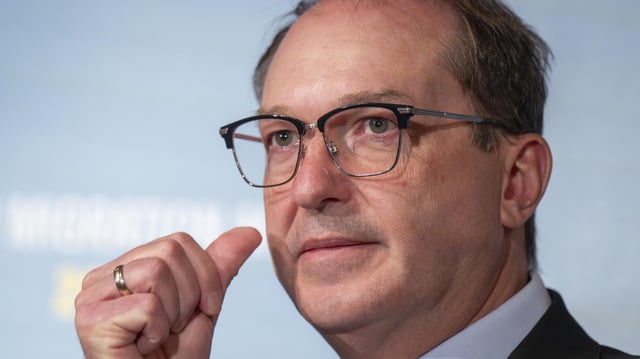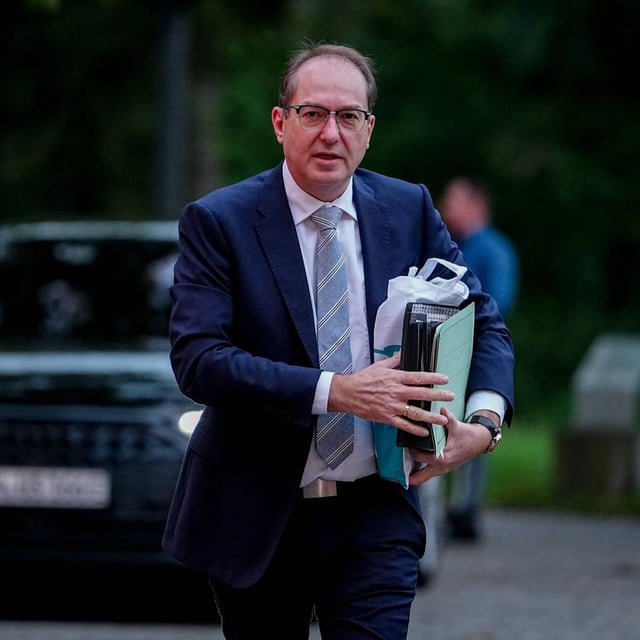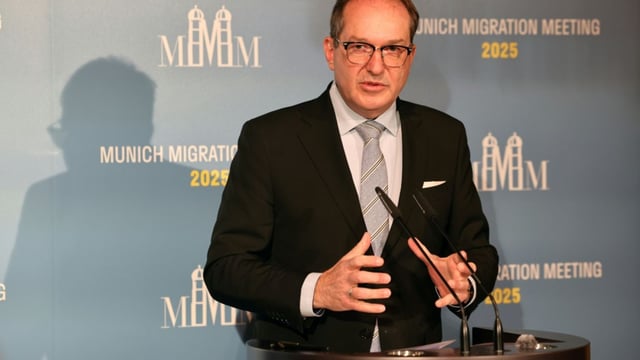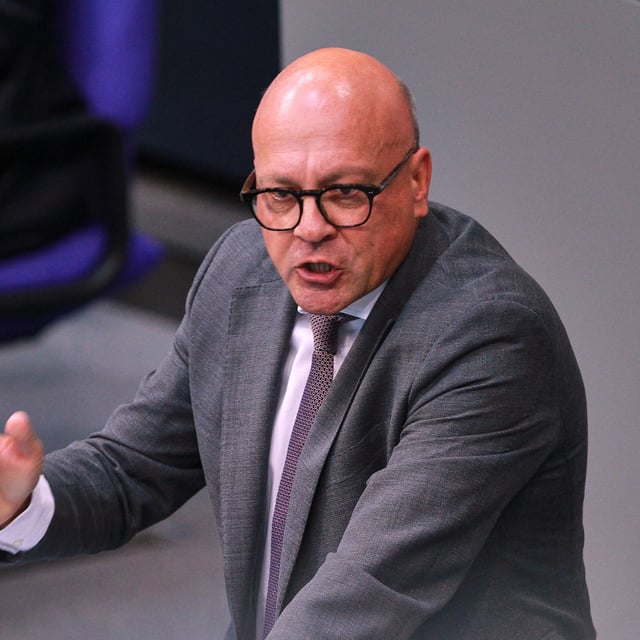Overview
- Dobrindt outlined faster procedures that remove the suspensive effect of appeals for inadmissible claims, indefinite deportation detention for certain offenders and threats, EU-wide enforcement of removals, AI translation tools in hearings, and potential entry bans.
- He promoted setting up return hubs in non‑EU countries for rejected applicants who cannot be sent home, citing the Netherlands–Uganda initiative, while acknowledging unresolved legal and practical questions.
- After the meeting, Dobrindt said the initiative is at the beginning of a process and requires new EU legal bases, with no consensus yet on which states would participate or host centers.
- EU Migration Commissioner Magnus Brunner urged continued pressure to raise return rates, as only about one in five people under a removal order currently leaves the EU, and the work session produced no final communiqué.
- Refugee groups protested outside, and Germany’s federal police chief highlighted execution hurdles, noting frequent last‑minute cancellations and scarce detention capacity compared with roughly 226,000 people required to leave.



